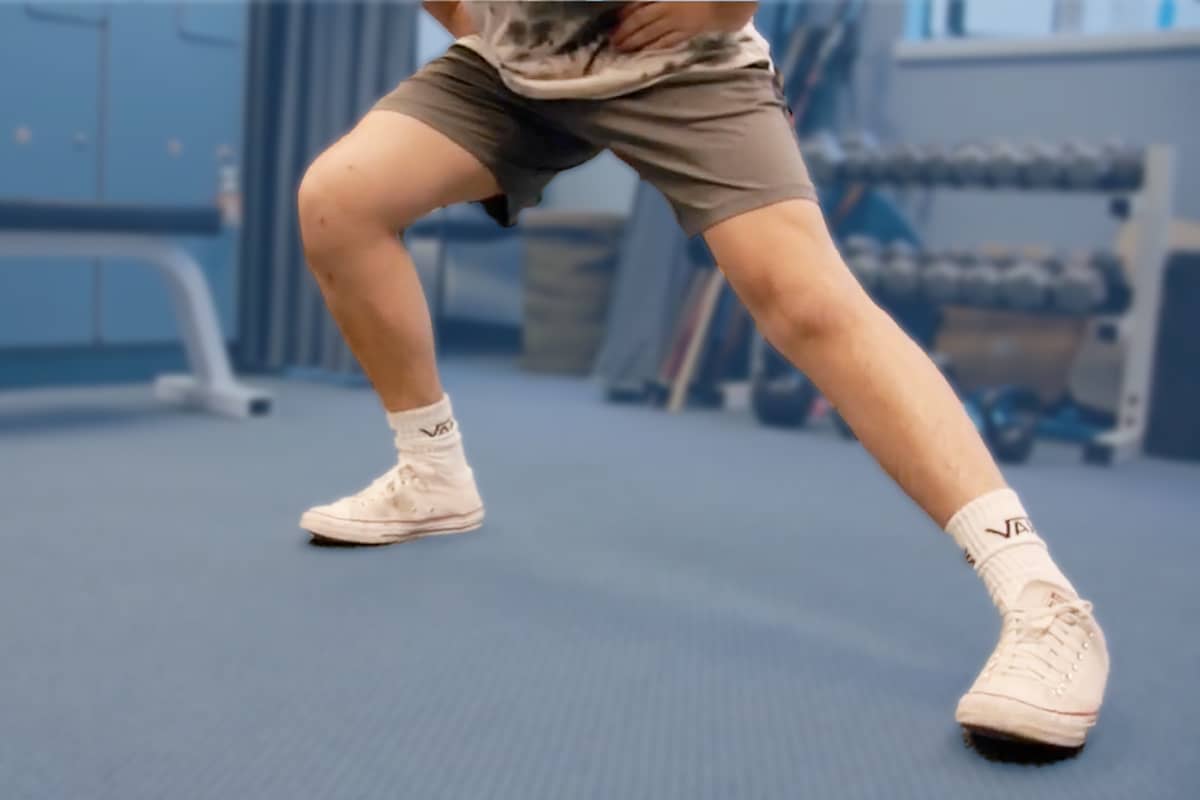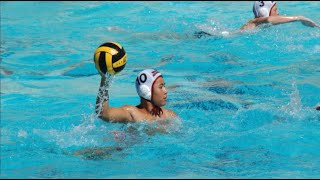Knee Injuries and Children
Hear From Our Patients
Teenage Patient Overcomes Arthritis with Innovative Cartilage Repair SurgeryKnee pain in growing kids is common and often heals quickly. But significant knee injuries are much more worrisome and can produce a lifetime of disability. Here are some of the preventable disasters.

Meniscus injuries: All children pivot and twist on their knee joints. And almost all complain of pain at some time in their active lives. But if they say “Mom, I twisted my knee and felt a pop! My knee is swollen!” that’s when you must worry. The pop, when associated with swelling, indicates a tear in key tissues. If it is also followed by “my knee locks,” it means the tissue is getting caught between the bones, blocking knee motion. These complaints require a careful exam, X-ray, and MRI. The MRI is crucial as some kids have hypermobile tissues that make it seem like the meniscus is torn when it is not. Other times, the history is so unclear that without an MRI there is no way to be sure of the tissue status. What is overwhelmingly clear is that tearing (or worse, loss) of the meniscus, unless it is repaired or replaced, leads to devastating arthritis in children.
The outcomes of surgical repair of the meniscus and meniscus transplantation in children are excellent.
Discoid meniscus: A few children have what’s called a “discoid” meniscus: one that is shaped more like a disc, or flying saucer, than the C-shape of a normal meniscus. Surgeons used to trim this back to a C but, unfortunately, these discoid menisci are structurally abnormal and often do poorly after trimming.
Replacement with a normal donor meniscus is often the only real cure.
Ligament injuries: Tearing of the ACL occurs in 400 per 100,000;1 however, this is misleading as it occurs at a far higher rate in kids who play soccer, basketball, and volleyball.
Delaying surgery until their growth plates are closed is the wrong strategy since the child often then damages his or her meniscus during the waiting period. The techniques for ACL repair and reconstruction have improved to avoid growth plate injuries (though there is always some risk). Since the reinjury rate in children with ACL injuries is 30%, we are biased toward using donor tissue rather than harvesting the child’s normal hamstrings or patellar tendons to rebuild their ACLs. But other surgeons have the opposite view—so this area of treatment is obviously in need of improved technology.
Articular cartilage injuries: The bearing surface of the joint is the articular cartilage. Damage to the articular cartilage in children is not common. However, the disease osteochondritis dissecans occurs 2 to 18 per 100,000.2
This most commonly shows up as pain in kids aged 10-16 years old. The disease can lead to dead bone underneath unstable articular cartilage. Unfortunately, many kids with this condition are told to avoid sports and hope the problem heals itself—leading to a waste of their entire middle and high school years. Techniques for repair have included drilling and/removal of the loose bone and cartilage. We have had considerable success with our articular cartilage paste graft technique for osteochondritis dissecans, effectively returning kids to full sports within a year of treatment.
Patellar dislocations: Kids’ kneecaps are mobile and can be dislocated. If the MRI documents a clear tear in the ligament supporting the patella, a reconstruction is often necessary. We have developed a technique that weaves the new donor tendon into the kneecap and quad tendon. This avoids creating holes in the kneecap, this has worked well even in our most mobile patients: the young ballet dancers.
In all these cases, early diagnosis and treatment are the keys to success. Techniques that can deliver results lasting a lifetime are the goal. All kids should have the opportunity to play forever.


